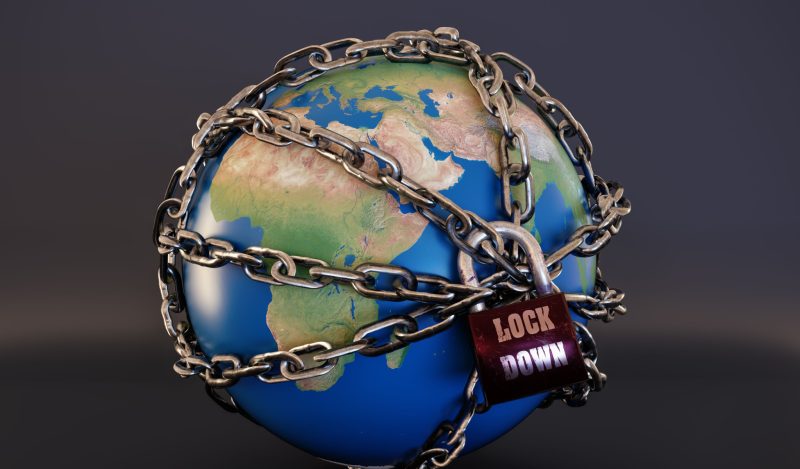Here’s a letter to Law & Liberty:
Editor:
While I agree with much that Brent Orrell expresses in “The Freedom to Choose” (October 25), I was flabbergasted by his assertion that government’s covid measures, including lockdowns, “were prudent and essential up until safe and effective vaccines were widely available. These policies were also well within historical norms for public health practices in the U.S. which, in the supposedly more associational past, were often far harsher. Typhoid Mary, who was kept under house arrest much of her life, could tell you all about it.”
This assertion features at least two deep errors.
First, lockdowns were neither prudent nor essential. It’s not as if government officials considered the collateral damage to be inflicted on the economy, society, and health – not all health problems are caused by covid – by the lockdowns and then rationally concluded that the benefits of locking down outweighed these costs. No. The collateral damages were ignored.
As the New York Times’s Joe Nocera and Vanity Fair’s Bethany McLean – authors of the just-released The Big Fail – write, “But there was never any science behind lockdowns – not a single study had ever been undertaken to measure their efficacy in stopping a pandemic. When you got right down to it, lockdowns were little more than a giant experiment.” In no universe is such a policy prudent.
Nor were lockdowns “essential.” As Nocera and McLean note, “the weight of the evidence seems to be with those who say that lockdowns did not save many lives. By our count, there are at least 50 studies that come to the same conclusion. After The Big Fail went to press, The Lancet published a study comparing the COVID infection rate and death rate in the 50 states. It concluded that ‘SARS-CoV-2 infections and COVID-19 deaths disproportionately clustered in U.S. states with lower mean years of education, higher poverty rates, limited access to quality health care, and less interpersonal trust – the trust that people report having in one another.’
These sociological factors appear to have made a bigger difference than lockdowns (which were ‘associated with a statistically significant and meaningfully large reduction in the cumulative infection rate, but not the cumulative death rate.’)”
Second, the lockdowns were, contra Mr. Orrell’s claim, utterly unprecedented. Isolating individuals known to be infected, such as Typhoid Mary, is a categorically different measure than locking down whole societies. Such lockdowns were never used until China locked Wuhan down in early 2020. Here again are Nocera and McLean: “On April 8, 2020, the Chinese government lifted its lockdown of Wuhan. It had lasted 76 days – two and a half months during which no one was allowed to leave this industrial city of 11 million people, or even leave their homes.
Until the Chinese government deployed this tactic, a strict batten-down-the-hatches approach had never been used before to combat a pandemic. Yes, for centuries infected people had been quarantined in their homes, where they would either recover or die. But that was very different from locking down an entire city; the World Health Organization called it ‘unprecedented in public health history.’”
It’s jarring to encounter in an essay that features many excellent arguments – as Mr. Orrell’s does – such irrational and utterly uninformed claims as Mr. Orrell offers about lockdowns.
Sincerely,
Donald J. Boudreaux
Professor of Economics
and
Martha and Nelson Getchell Chair for the Study of Free Market Capitalism at the Mercatus Center
George Mason University
Fairfax, VA 22030
Republished from Cafe Hayek
Join the conversation:


Published under a Creative Commons Attribution 4.0 International License
For reprints, please set the canonical link back to the original Brownstone Institute Article and Author.









